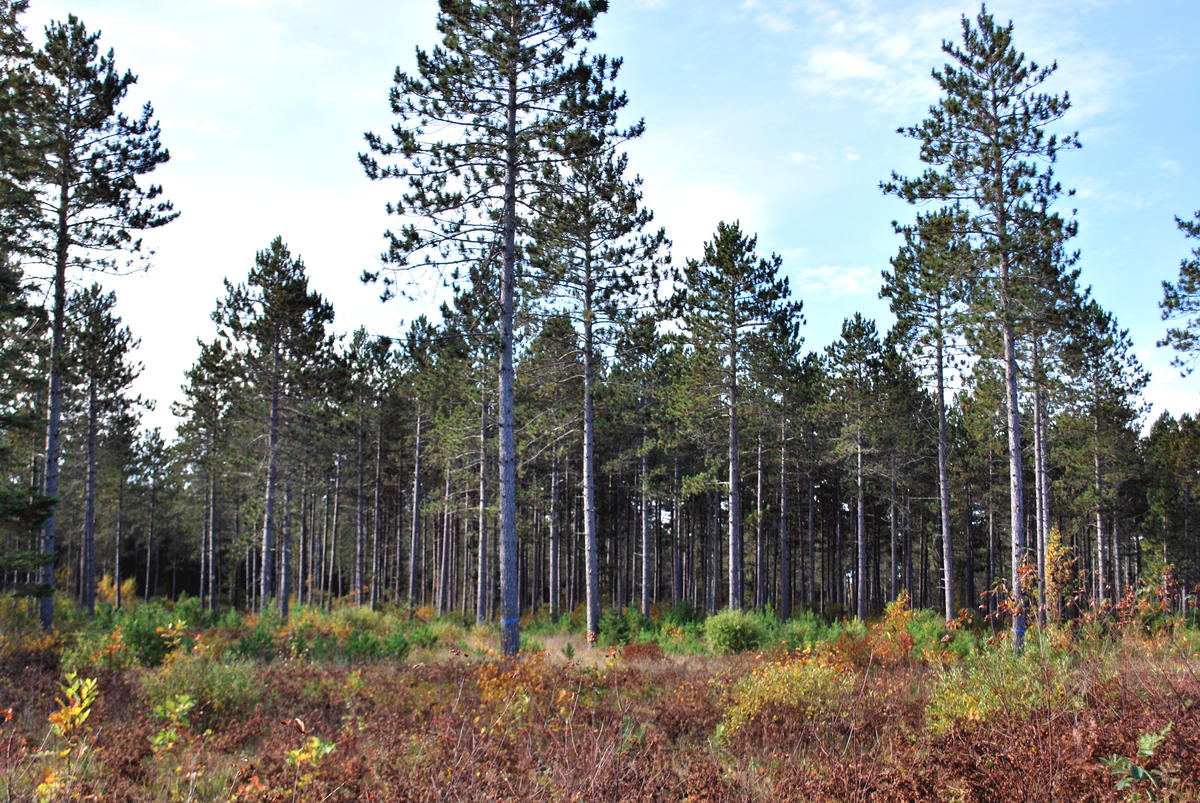Overview
This stand was managed for multiple age and natural mixed pine regeneration to provide within stand structure that is lacking along this public land dominated sand ridge.
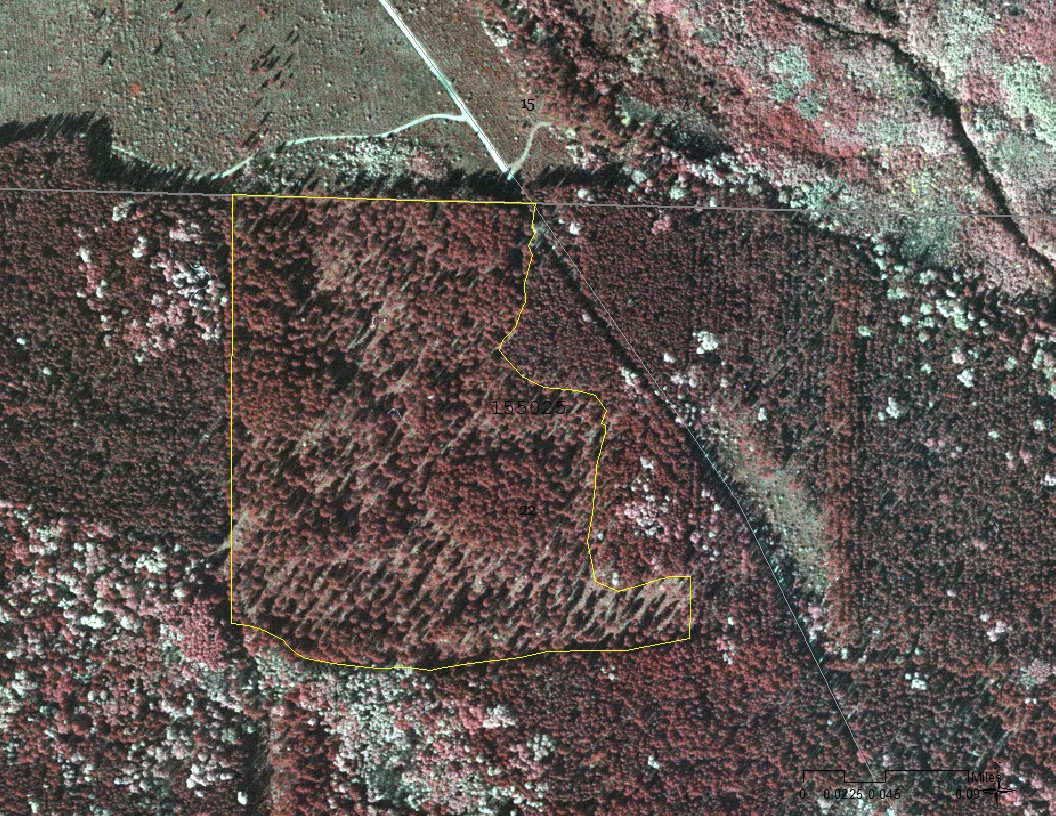
Figure 1: 2010 infrared photo of Norway pine shelterwood stand
Silviculture Objective(s)
Increase white pine component and allow Norway pine and jack pine to naturally regenerate to 600 crop trees per acre that are free-to-grow.
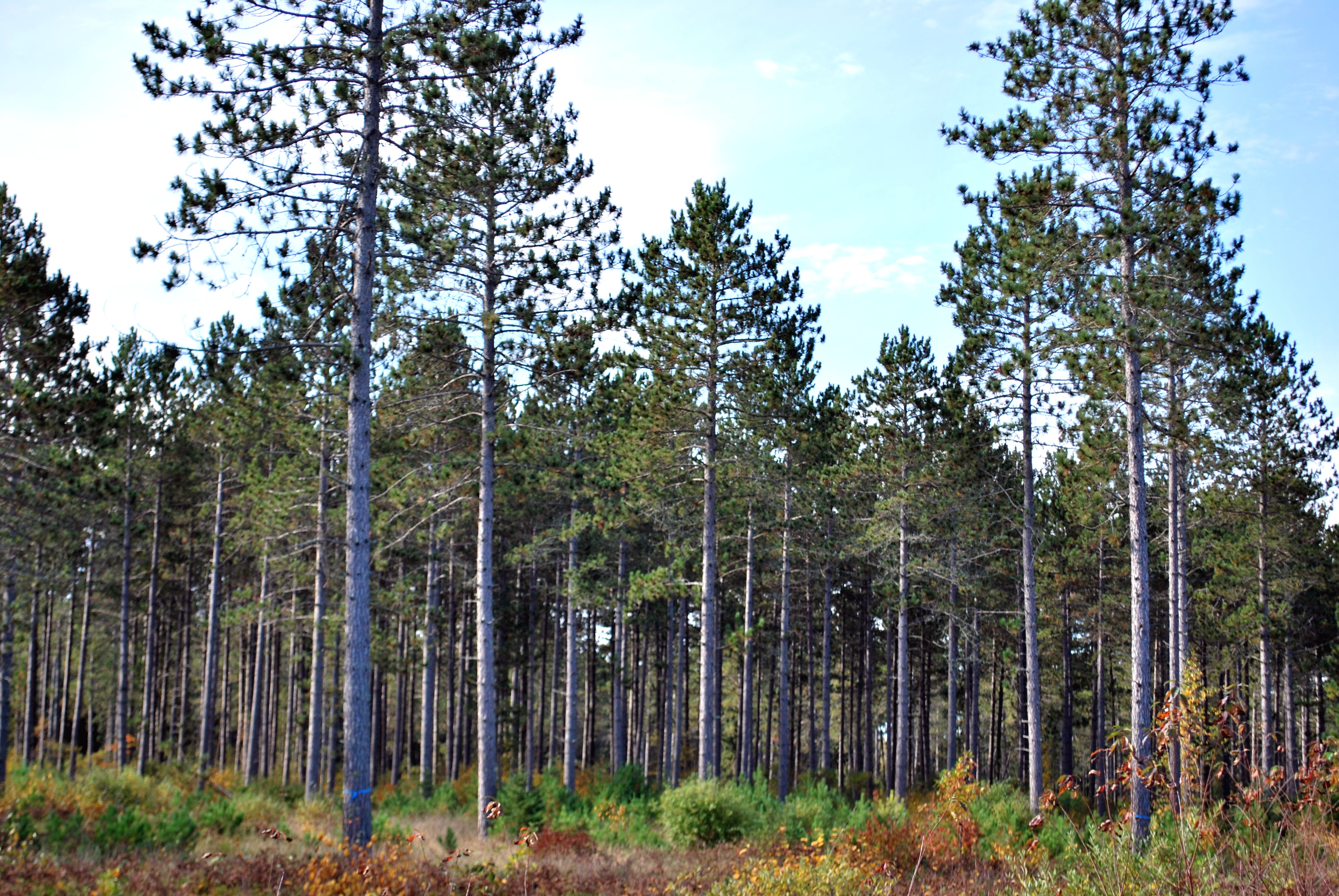
Figure 2: Example of residual Norway pine and understory regeneration
Pre-treatment stand description and condition
Stand establishment and management history:
Stand was shown to be clearcut in 1940 aerial photos. Cover before planting in 1956 was open/old burn. Stand was initially planted in 1956 for $46.70/acre with 35,000 jack pine (averaging 1,167/ac) and 15,000 Norway pine (averaging 500/ac). In 1966, there were 1,800 trees/acre at 4' to 9' tall.
Silviculture Prescription
The goal of this prescription is a mixed age, mixed species pine stand with an increased white pine component. Pine regeneration totaling 500-600 per acre, with 75% stocking of crop trees free to grow would signify a successfully regenerated stand.
What actually happened during the treatment
1995 timber harvest in north 14 acres of stand. Jack pine harvested, Norway pine thinned to 80 sqft/acre, cut trees were marked with paint. Harvested trees included Norway pine 70% bolts, 5 cd/acre, jack pine 25% bolts, 17 cd/acre and aspen 1 cd/acre.
1998 timber harvest in west 10 acres of stand. Norway pine was thinned to "approximately 40% crown cover". Norway pine averaged 6.4 cd/acre, 10" dbh, 5-6 sticks. That 10 acre part of the stand then had an herbicide application on August 16, 1999. Chemicals sprayed included: Accord 3 qt/acre, Oust 1/2 oz/acre, Entry II as surfactant. This treatment was contracted out and a skidder was used to broadcast spray the herbicide. In May 12 & 13, 2000, 8,900 white pine seedlings at 7x7 spacing were hand planted by a local contractor. In May 10-20, 2002, a local contractor interplanted 600 white pine trees per acre, since stocking was only found to be 400 trees per acre the previous summer.
In winter 2000, an untreated but adjacent 12 acre part of the stand to the south had a timber sale. Norway pine was reserved at 30-50 sqft/acre. Norway pine harvested averaged 11" dbh, 6 sticks, was 55 years old, and 35% bolts. This 12 acre part of the stand had a contracted herbicide application with broadcast skidder of Accord Concentrate 2.25 qt/acre with the surfactant Activate Plus. This was completed on 8/20/01. White pine seedlings were hand planted at 6x7 spacing, approximately 1000 trees per acre by local contractor, May 10-20, 2002.
White pine seedlings were bud capped after planting, but I was unable to find records of which years.
2011 timber harvest - harvest marked Norway pine.
Post-treatment assessment
Diplodia has become a serious problem in this stand, to the point that the stand will require additional treatments in the future to obtain adequate stocking.
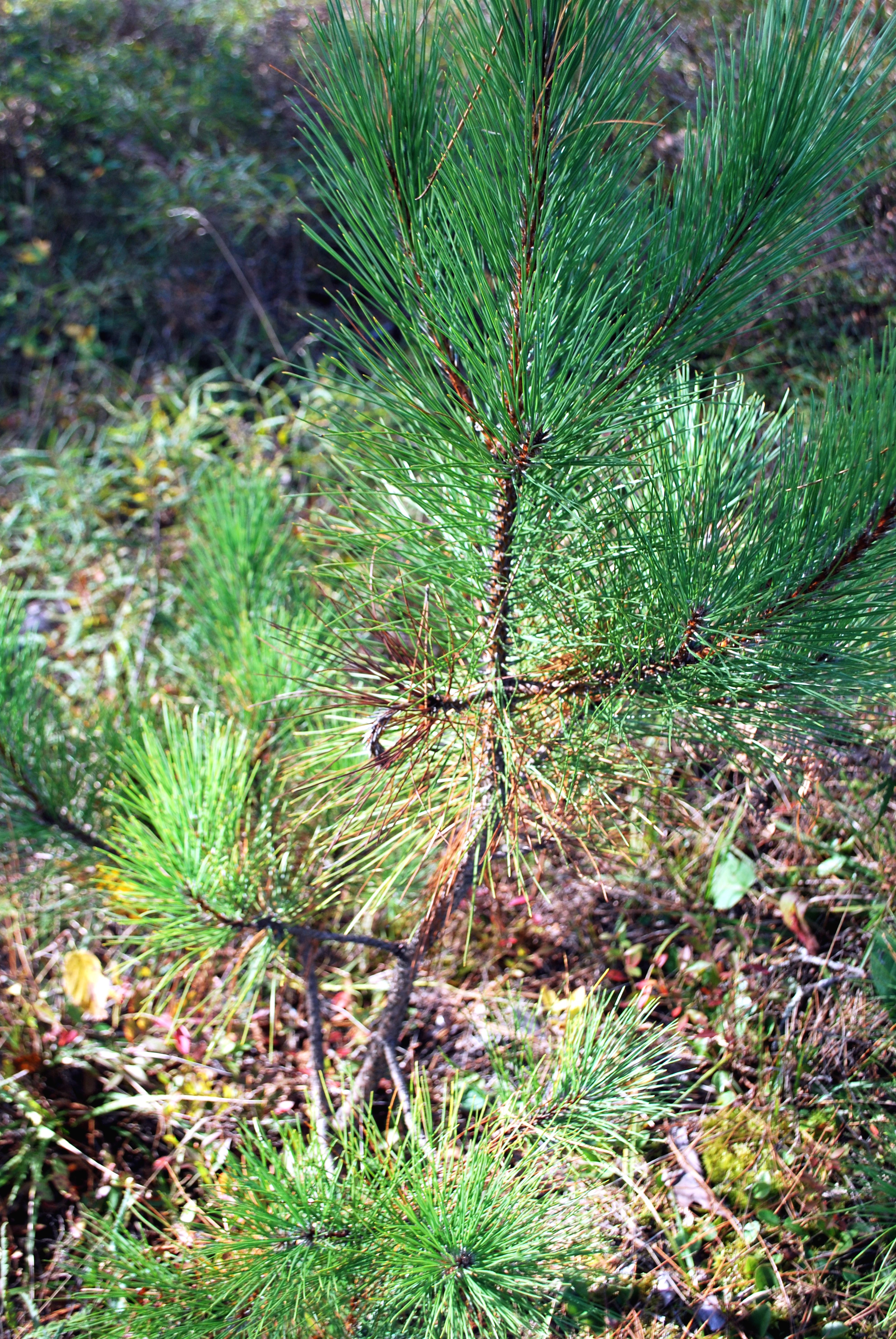
Figure 3: Example of Diplodia tip blight crook on Norway pine natural regeneration
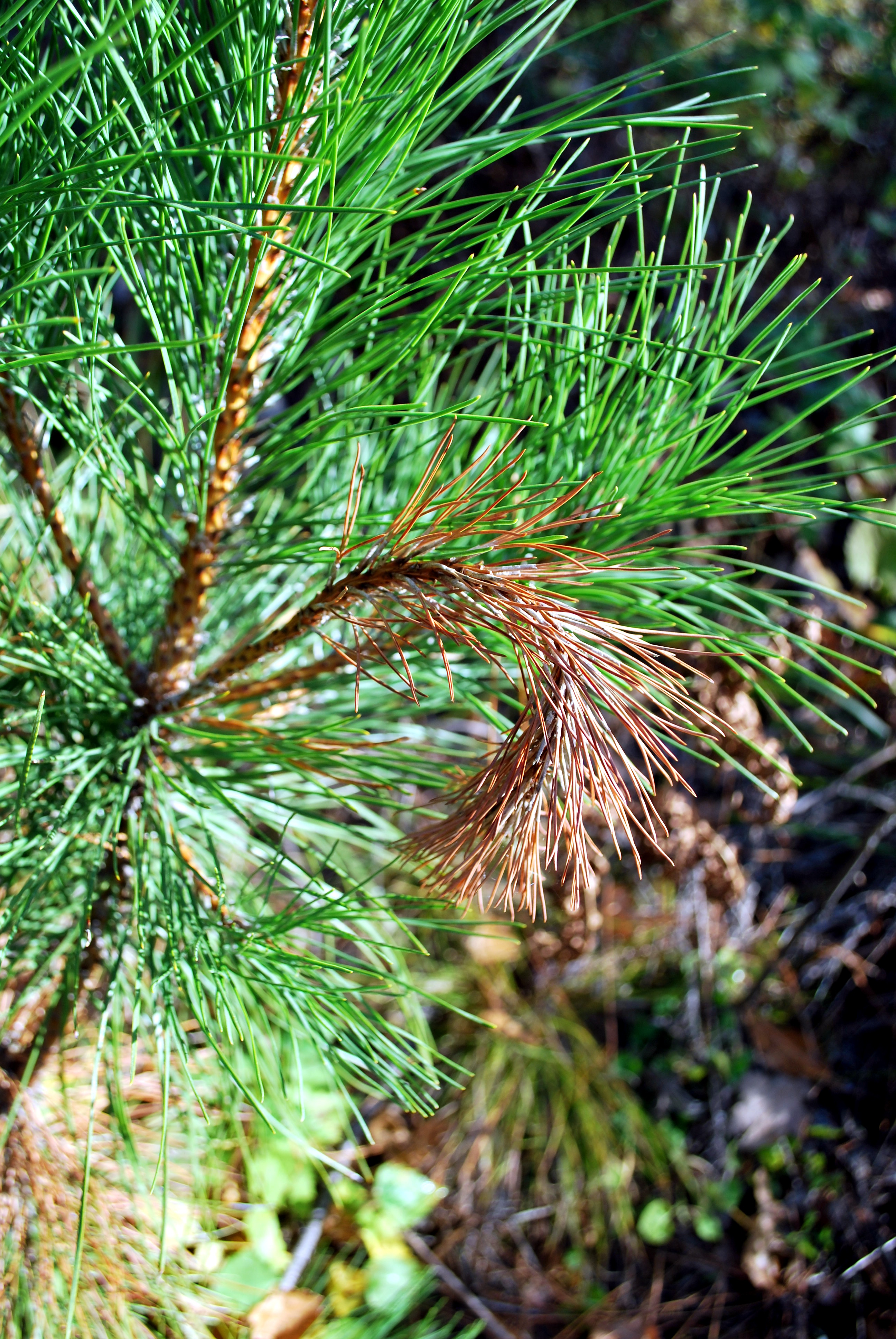
Figure 4: Close up of tip blight on Norway pine natural regeneration
November 2015 regeneration survey (1/100th acre plots)
- white pine 69% stocking, 300 trees/acre, heavily browsed, majority with poor form
- Norway pine 77% stocked, 800 trees/acre, 95% have obvious Diplodia infection
- jack pine 31% stocking, 425 trees/acre, majority also have obvious Diplodia infection
- white spruce 15% stocking, 150 trees/acre
- balsam fir, aspen and burr oak present in stand
Costs and economic considerations
I was only able to locate a few cost records.
Herbicide 2001- 12 acres at $106/acre.
Spring 2002 planting - 10 acres interplant, 12 acres plant - planting cost $1425.82; tree cost $3024.
Summary / lessons learned / additional thoughts
This stand does not represent common management practices on DNR Forestry lands. Foresters attempted to use a combination of artificial and natural regeneration techniques to create a mixed age, mixed species pine stand. Mixed age, mixed species stands and natural regeneration are considered valuable for providing wildlife habitat and ecological services. Diverse, multi-aged pine stands are also rare in this area. Unfortunately, the forest health concerns of Diplodia tip blight and deer browse were too challenging to overcome and this stand will need additional treatments in the future.
